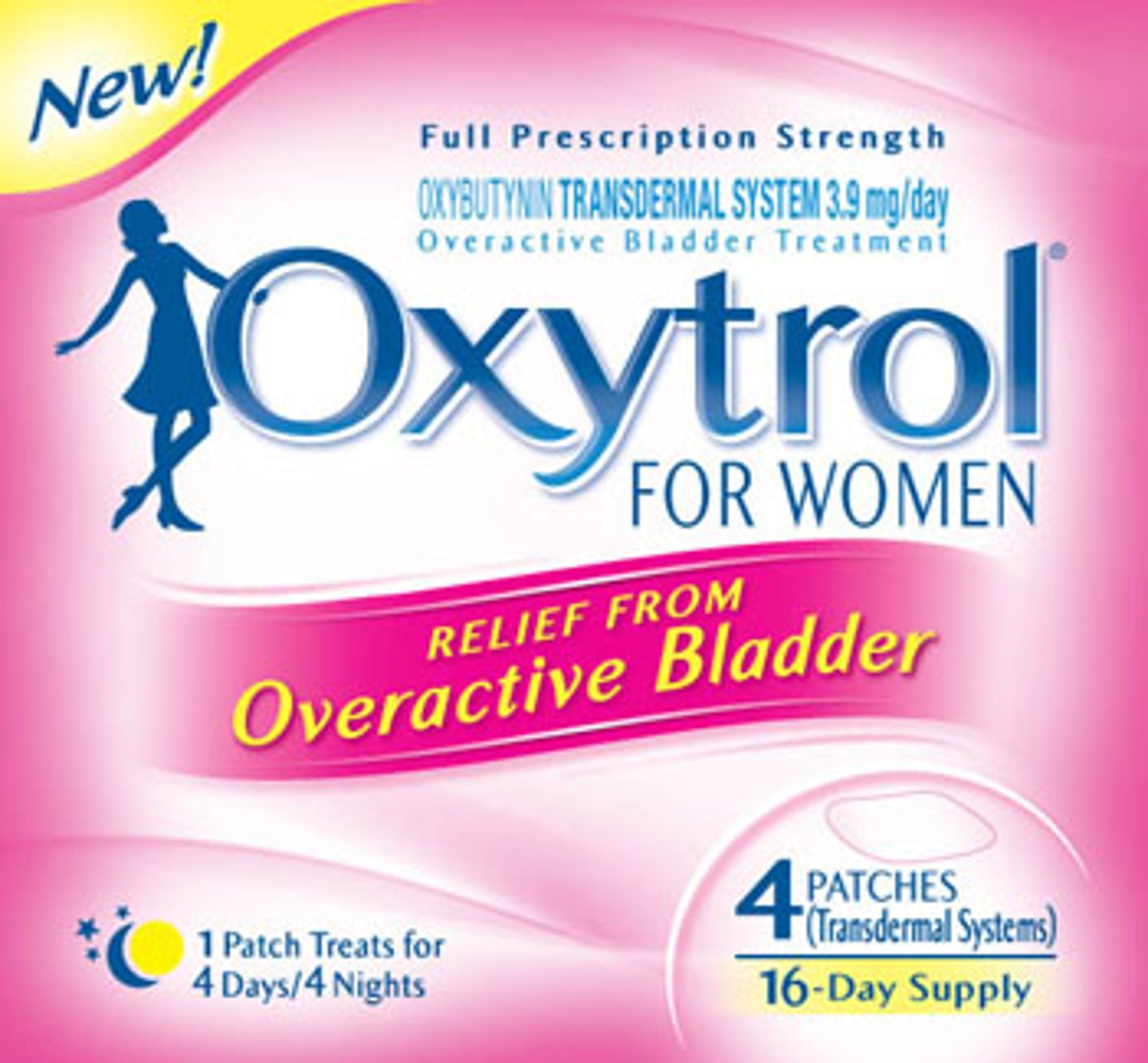Merck: FDA approves Oxytrol for Women, creating overactive bladder category in OTC
WHITEHOUSE STATION, N.J. — Merck on Friday announced the Food and Drug Administration has approved the switch of Oxytrol for Women (oxybutynin transdermal system, 3.9 mg/day) from prescription-only to nonprescription, creating a new category — overactive bladder in women — in the OTC area. Most notable about this switch is the fact that the FDA approved Oxytrol for Women against the majority opinion of its Nonprescription Drug Advisory Committee, which voted five in favor and six opposed to the switch in November.
"The approval of Oxytrol for Women as an OTC treatment option is an exciting development for the millions of women who struggle to deal with OAB every day," stated Eman Elkadry, clinical instructor Harvard Medical School; Boston Urogynecology Associates at Mount Auburn Hospital. "This effective, over-the-counter treatment offers women an option to independently manage their condition and achieve a newfound sense of control. The approval also provides recognition that this is a real medical disorder that can be addressed."

Merck anticipates that Oxytrol for Women will be available to customers in the fall.
“When medicines switch from prescription to nonprescription status, consumers benefit from the expanded access and lower cost," observed Scott Melville, president and CEO for the Consumer Healthcare Products Association. "Each year, 240 million people treat their symptoms with over-the-counter medicines, bought off the shelf without a prescription. An estimated 60 million of these consumers would not otherwise seek treatment," he said. "Today’s consumers are taking more control of their healthcare needs, and the FDA’s decision to enhance self-care for women with overactive bladder is a step in the right direction."
Those on the NDAC who voted against the switch cited concerns over the use of therapy for an overactive bladder in women without a doctor's intervention along with the potential that men might inappropriately choose to use the product as well. These panelists suggested that consumers would have a difficult time self-diagnosing an overactive bladder, as symptoms are similar to those of a number of more serious conditions, such as bladder malignancy or diabetes.
Proponents of the switch argued that women with overactive bladders may go years before consulting a physician and that an OTC option might encourage therapy sooner. The Drug Facts label of the proposed OTC Oxytrol patch included a warning that use should be restricted to two weeks if it doesn't work.
Overactive bladder, or OAB, is a condition that affects more than 20 million American women. Despite the fact that OAB is a treatable medical condition, more than 80% of women with OAB do not seek treatment. OAB is characterized by a number of symptoms that can be physically burdensome and emotionally draining, including a strong urge to urinate right away and the need to urinate more often than usual, with or without leakage. The majority of women who suffer develop the condition between the ages of 45 and 60 years old.
According to the National Association for Continence, although OAB is a treatable medical condition, most women do not discuss their symptoms with a doctor and assume that the symptoms are a normal part of aging. Rather than seek treatment, many women try to manage their condition with coping strategies that include wearing pads and/or dark clothing, mapping out the nearest toilets and avoiding social interactions outside the home.
The FDA approval of the prescription to OTC switch was based on data from consumer usage studies that demonstrated a woman's ability to correctly recognize OAB symptoms, understand key safety messages on the label, judge if the product is right or wrong for her and appropriately use Oxytrol for Women in an unsupervised setting. The FDA considers this a partial switch, as Oxytrol will remain available by prescription-only for the treatment of OAB in men. The approval follows an FDA Advisory Committee meeting that occurred in November 2012. Other examples of dual-status medicines include Plan B One Step, which is approved OTC for women older than 16 years but prescription-only for younger women, and Prilosec OTC, which is approved OTC for a frequent heartburn condition but is prescription-only for GERD or for regular use beyond two weeks.
Visit OxytrolForWomen.com for more information.

